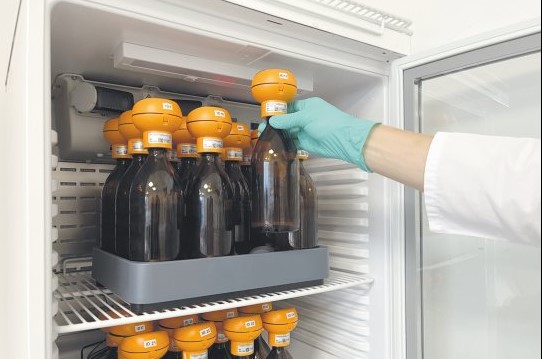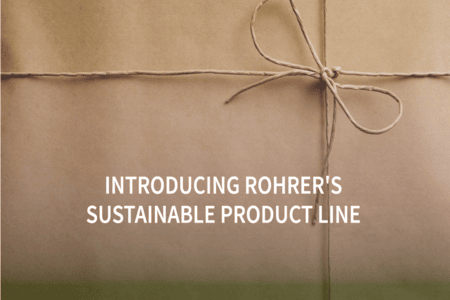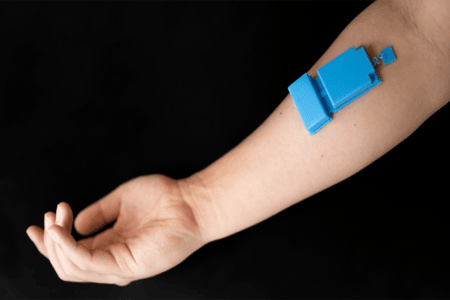
Hohenstein to create New textile microplastic standard
YarnsandFibers News Bureau 2023-02-21 18:26:53 – GermanyTesting service provider Hohenstein, with the help of the project partners Trigema, Freudenberg, DBL ITEX, and Paradies, has developed a new, standardized test procedure for identifying and categorizing the environmental effects of textiles during washing.
Analysis of fiber release, biodegradability, and ecotoxicity are all combined in DIN SPEC 4872. The test procedure, in accordance with DIN SPEC 4872 demonstrates the quantity of fibers released during textile laundry, the efficiency with which these fibers disintegrate in wastewater, and the environmental impact of fiber residues.
According to studies, washing textiles releases tiny fibers into the wash water that wastewater treatment plants are unable to adequately filter out. The largest environmental threat comes from synthetic fibers because of their durability and lack of biodegradability.
Juliane Alberts, project manager at Hohenstein, said that Pure natural fibers, for example, are not fully safe for the environment only because they can degrade. They can also be detrimental and persist in ecosystems until they fully deteriorate. Moreover, environmental deterioration and leaching can be slowed down by the inclusion of additives, auxiliaries, or finishes throughout the textile manufacturing process.
The new standard enables textile suppliers and producers to test, assess, and compare products for environmental effects and fiber release after washing.
Juliane Alberts, said that this comprehensive assessment presents a chance for the textile sector to lead on environmental impact: Their trustworthy data can serve as the foundation for more specialized product development. This is a method of intentionally and willfully preventing additional environmental degradation.
Market Intelligence
Ask for free sample Report

experience
Customer Base
dedicated team
Countries Served Worldwide









